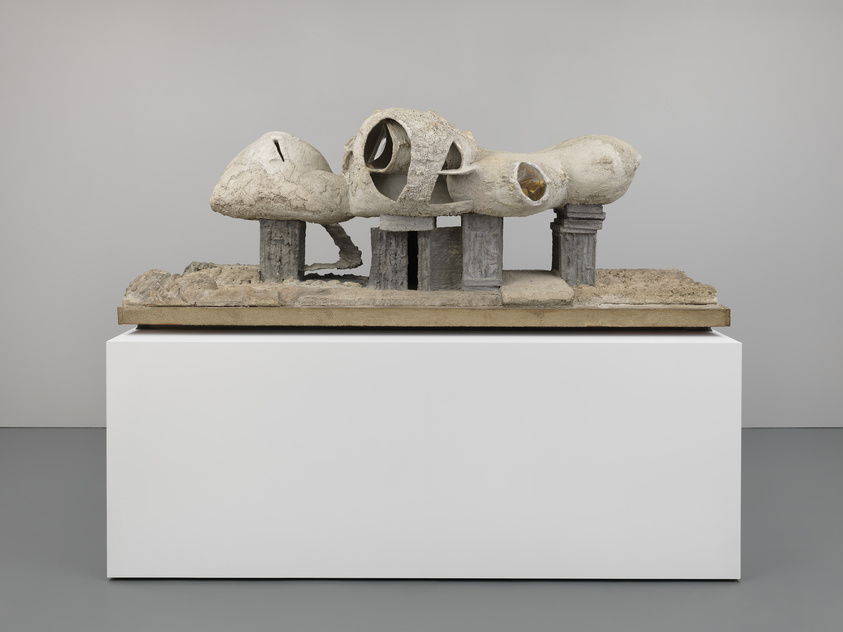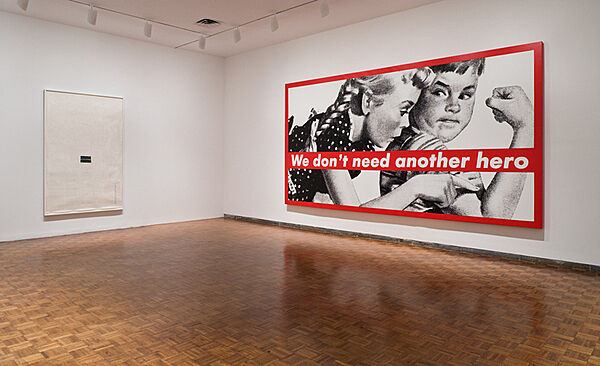Visionary architect and theorist Frederick Kiesler began to explore the concept of “endless” architectural space in 1922, continuing to elaborate on the theme throughout his career. He spent fifteen years working on the design for the Endless House, which he described as follows:
The Endless House is called the “endless” because all ends and meet continously.
It is endless like the human body. There is no beginning and end to it. The “Endless” is rather sensuous. More like the female body in contrast to sharp-angled male architecture.
All ends meet in the “Endless” as they meet in life. Life’s rhythms are cyclical. All ends of living meet during twenty-four hours, during a week, a lifetime. They touch one another with the kiss of time. They shake hands, stay, say goodbye, return through the same or other doors, come and go through multi-links, secretive or obvious, or through the whims of memory.
One box next to another.
One box below another.
One box above another.
Until they grow into tumors of skycrapers.
The coming of the Endless House is inevitable in a world coming to and end. It is the last refuge for man as man.
Although it was never built, Kiesler exhibited a maquette of the Endless House in 1958-59 at the Museum of Modern Art, New York. This model of the womblike house dates from the same period, and shows Kiesler’s interest in organic, continuous form, which he conceived as the antithesis of the sterile, rectilinear aesthetic that had come to dominate modern architecture by the middle of the twentieth century.
Not on view
Date
1959
Classification
Sculpture
Medium
Cement, steel wire mesh, and plastic
Dimensions
Overall: 35 5/8 × 97 1/4 × 39 9/16in. (90.5 × 247 × 100.5 cm)
Accession number
89.8
Credit line
Whitney Museum of American Art, New York; gift of Mrs. Lillian Kiesler
Rights and reproductions
© Austrian Frederick and Lillian Kiesler Private Foundation, Vienna


